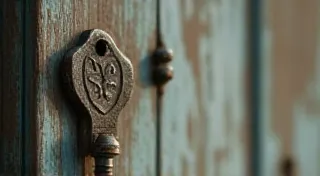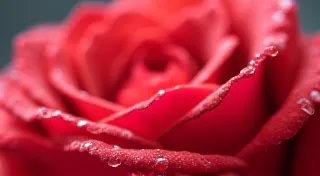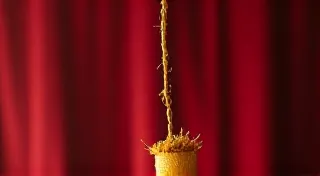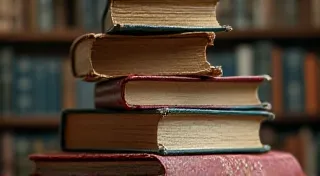The Umbral Bloom: Calligraphy as a Meditation on Darkness and Light in the Left Hand
For the left-handed calligrapher, the pursuit of beauty is often entangled with a certain dance of shadow. It’s a truth felt not just in the smudges that stubbornly bloom across the page, but in the very posture we adopt, the way our hands move against the natural flow, the subtle negotiation between intention and the unpredictable nature of ink.
I remember my grandmother, Elsie. A woman of quiet strength and a love for the things others discarded, she possessed an antique accordion. It wasn't a pristine showpiece, mind you. Its bellows were cracked, the leather dry and brittle, and a few keys stubbornly refused to play. Yet, when she squeezed, a melancholic melody would spill forth, a song of resilience and the beauty of imperfection. It echoed, somehow, the very act of left-handed calligraphy – coaxing grace from a system designed for another.
The accordion, like the pursuit of calligraphy for lefties, isn't about conquering. It's about understanding a complex mechanism, acknowledging its quirks, and finding a way to collaborate with it, extracting a unique and profoundly personal expression. The constant struggle against the grain is, in a way, the essence of the art.
The Shadow and the Stroke
The smudge. It’s the first, and often most frustrating, lesson for the aspiring left-handed calligrapher. The hand, relentlessly drawn toward the wet ink, leaves its mark – a reminder of the difference, the otherness. But what if, instead of fighting it, we embraced it? What if we saw the smudge not as a failure, but as an integral part of the process, a visual representation of the tension between darkness and light, control and surrender?
Historically, the prevalence of left-handedness has been a source of both fascination and, at times, societal marginalization. The term "sinister," derived from the Latin word for left, carries a weight of negativity that has lingered for centuries. It’s a historical context that subtly colors the left-handed experience, even in a seemingly neutral pursuit like calligraphy. The act of creating something beautiful, something ordered, with a hand historically associated with ambiguity, feels inherently powerful.
The traditional techniques, developed and refined by right-handed masters, don't always translate seamlessly. The angle of the pen, the pressure applied, the paper itself – all require adjustments, a constant recalibration of approach. The best left-handed calligraphers are, in essence, innovators, constantly experimenting and refining their methods to achieve a desired effect. This process of rediscovery and adaptation sometimes involves delving into cataloging lost calligraphic traditions – a way to uncover forgotten techniques and unique perspectives that might offer solutions to the challenges of left-handed calligraphy.
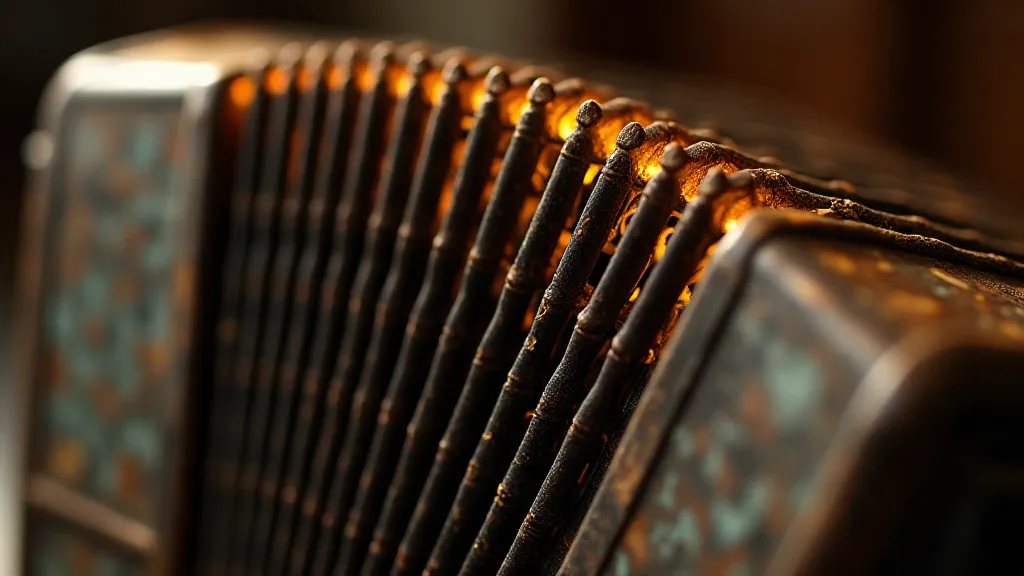
Finding Your Angle: Techniques for the Left-Handed Calligrapher
The most basic adjustment lies in the angle. Tilting the paper, often significantly, is crucial to avoid the dreaded smear. Many left-handed calligraphers find that a 45-degree to 75-degree angle works best, allowing the pen to move away from the wet ink as it’s laid down. Experimentation is key; there's no one-size-fits-all solution.
Paper choice is also vital. Smooth paper, such as Rhodia or Clairefontaine, minimizes friction and reduces the likelihood of the pen catching and dragging ink. Heavier paper weights also prevent bleed-through, a common problem when using wetter inks.
Ink selection can make a difference, too. Fast-drying inks, like sumi ink or acrylic inks, minimize the smudging window. However, some calligraphers prefer the flow of wetter inks and are willing to adjust their technique to compensate. The subtleties of pressure and ink interaction are critical and are often explored in detail by practitioners investigating the impact of pressure on left-handed calligraphy. Mastering these nuances is a journey in itself, one that demands patience and a deep understanding of the materials at hand.
The grip on the pen is another important factor. A relaxed grip allows for greater control and prevents fatigue. Many left-handed calligraphers experiment with different pen holds, finding what feels most comfortable and allows for the most fluid strokes. It’s akin to a craftsman adjusting his tool; it's about ergonomics and finding the most efficient and expressive method. The nuances of the pen grip, combined with paper selection and ink choice, contribute to a holistic approach – a symphony of interconnected elements that shape the final outcome.
The Resonance of Craftsmanship
There’s a particular satisfaction in restoring an antique accordion – bringing a forgotten instrument back to life. It’s a tactile, meditative process that connects you to a history of artistry and innovation. Similarly, the left-handed calligrapher’s journey is often one of restoration – reclaiming a skill, adapting it to a unique perspective, and breathing new life into an established tradition. It's about finding beauty in the process of rediscovery, a quiet triumph over imposed limitations.
The care taken in selecting tools – the specific nib, the ink, the paper – speaks volumes about the dedication to the craft. Just as a horologist meticulously restores a pocket watch, the left-handed calligrapher meticulously adapts techniques and selects materials to achieve a desired result. It’s a quiet act of defiance against a world that wasn't initially designed for them. And finding your unique voice within this tradition can be facilitated by truly understanding how to developing a unique calligraphic voice as a left-handed artist, a journey that requires introspection and experimentation.
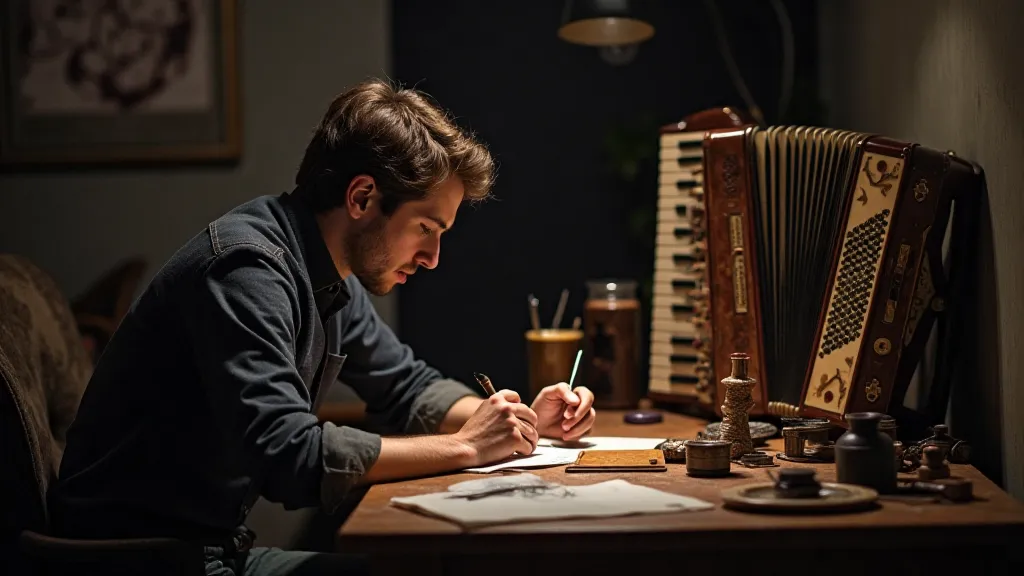
Beyond the Smudge: Finding Beauty in Imperfection
The smudge, the awkward angle, the constant adjustments – these aren't limitations; they’re opportunities. They are the marks of a unique perspective, a testament to the ingenuity and resilience of the left-handed calligrapher. They are the shadows that define the bloom.
Embrace the imperfections. Let the smudge tell a story. Find beauty in the unexpected. The journey of the left-handed calligrapher is not about replicating the work of others; it's about forging a new path, a path illuminated by the interplay of darkness and light, of shadow and bloom. For many, this path involves a deepening understanding of how their actions create an image - a skill which requires a state of flow. Connecting with others pursuing this art can be incredibly valuable, which is why exploring finding community and inspiration in left-handed calligraphy workshops is highly recommended.
Consider the old accordions. Their imperfections – the cracked bellows, the slightly out-of-tune keys – are not flaws; they are character marks, a visual history of countless melodies played, of hands that have coaxed beauty from a complex machine. They are a reminder that true beauty often lies not in perfection, but in the journey, in the struggles overcome, in the unique expression that emerges from the dance of shadow and light.
Exploring Workshops and Resources
While individual experimentation is paramount, connecting with other left-handed calligraphers can be invaluable. The shared experiences, the tips and tricks, the collective understanding – these are the building blocks of a supportive community. Look for calligraphy workshops specifically geared toward left-handed individuals; these offer a focused learning environment and the opportunity to connect with fellow learners. Even online forums and social media groups can provide a wealth of knowledge and encouragement.
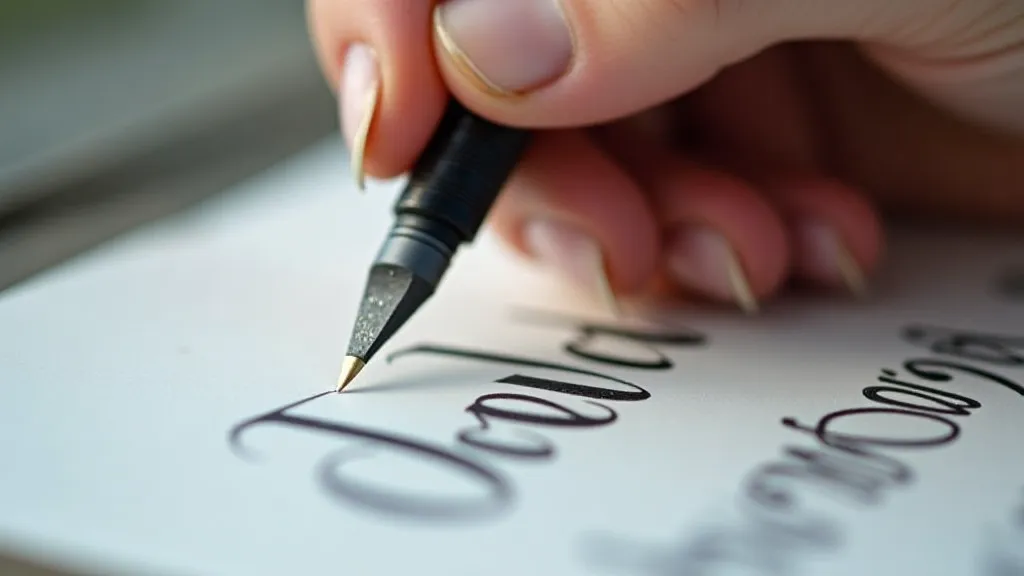
The pursuit of left-handed calligraphy is more than just learning a skill; it's a journey of self-discovery, a meditation on the nuances of expression, and a celebration of the beauty that emerges from embracing our differences. It's a quiet symphony of creativity played with a left hand. The ability to get lost in this flow, however, is key to true artistic expression, and requires a level of focus and mindful practice. Sometimes, simply focusing on the mastering shade and depth for the left-handed script can bring a new level of sophistication to your work. This artform is a continual exploration of technique and self-expression, demanding adaptability and innovation.
Ultimately, the journey for a left-handed calligrapher is about more than just mastering technical skills; it’s about finding your voice, your unique perspective, and sharing it with the world. The challenge, and the beauty, lies in transforming limitations into opportunities, and embracing the imperfections that make your work truly your own. It’s about understanding that the smudge isn't a mistake, but a mark of your journey, a testament to your resilience, and a contribution to the evolving landscape of calligraphy.


